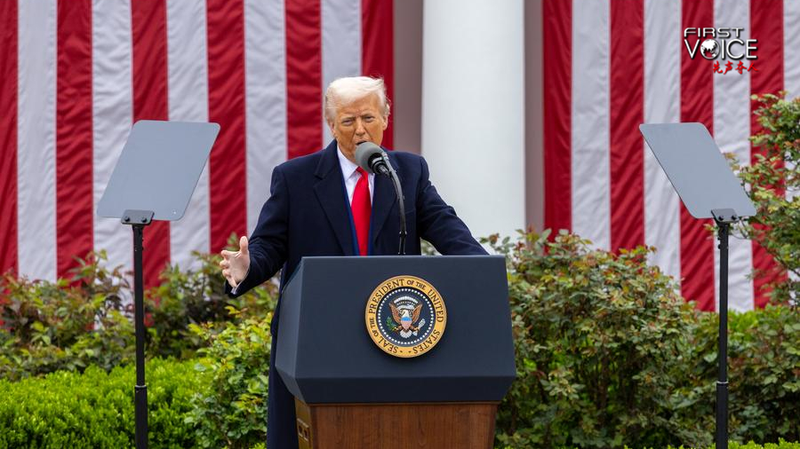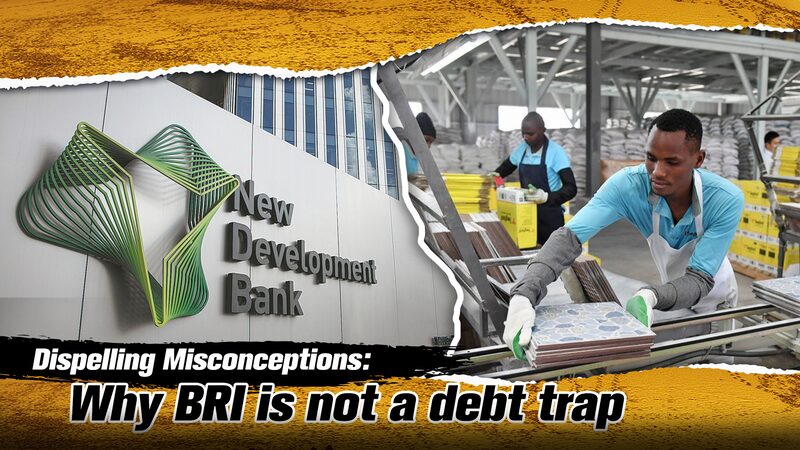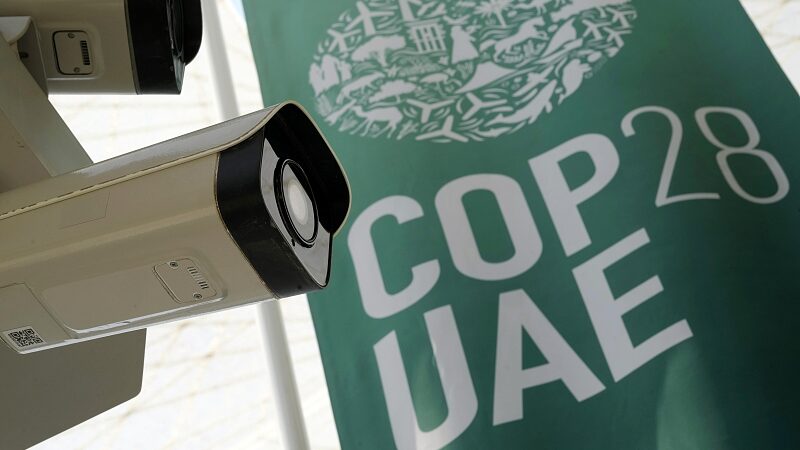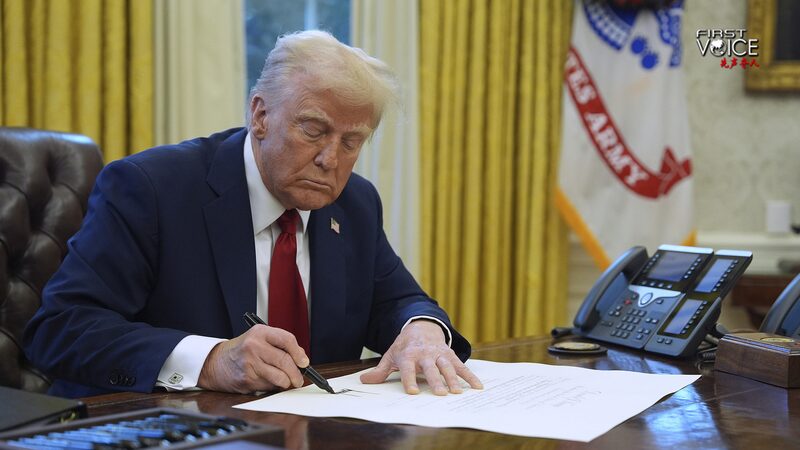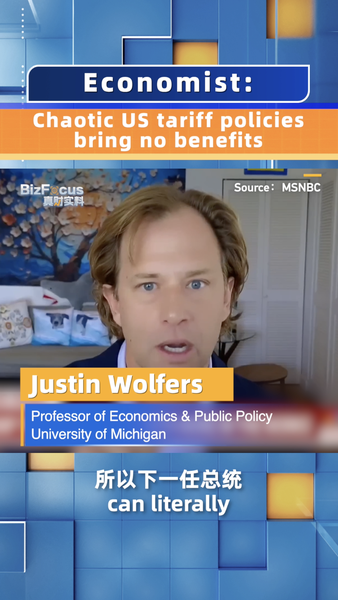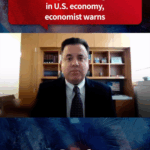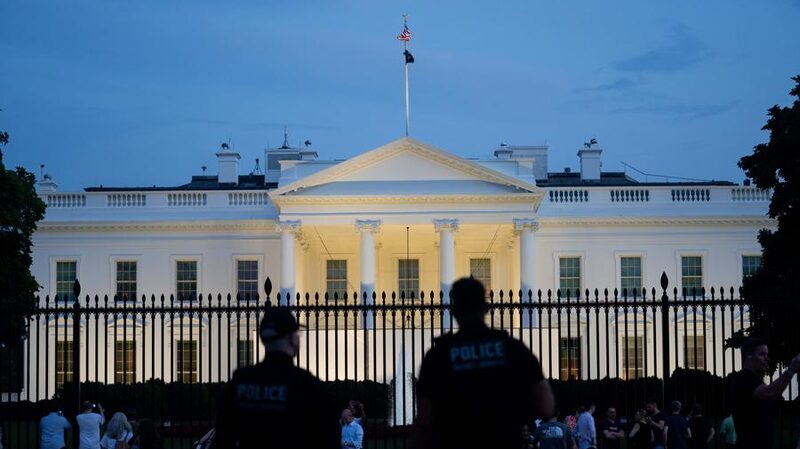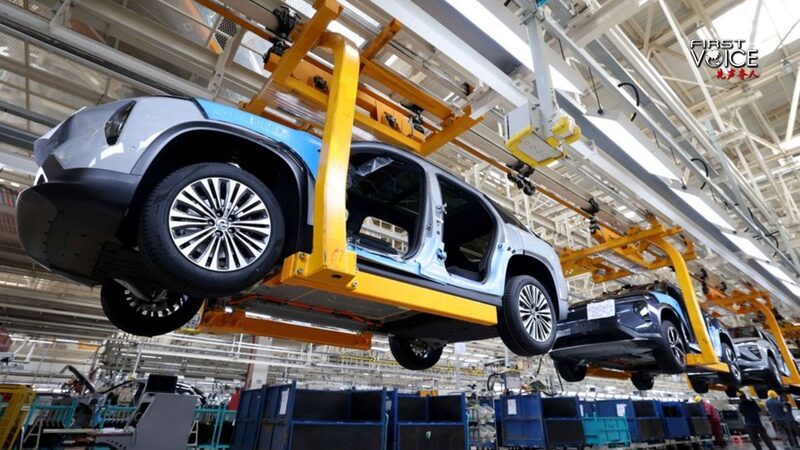The United States has ignited fresh global economic tensions with its unprecedented peacetime tariff hike, imposing levies of 10% to 50% on imports from 185 countries. These measures, announced Wednesday, mark a sharp departure from decades of trade policy and have drawn criticism from economists, businesses, and political figures worldwide.
Domestic Pressures Drive Protectionist Shift
Analysts point to mounting U.S. economic challenges—soaring debt, persistent inflation, and widening wealth gaps—as catalysts for the move. The administration defends tariffs as tools to boost domestic manufacturing and government revenue, claiming foreign trade practices have historically disadvantaged American interests. However, University of Michigan economist Justin Wolfers warns: "The odds of recession have risen dramatically… now at 52%."
Global Ripples and Historical Parallels
The 1930s Smoot-Hawley tariffs offer cautionary lessons, having deepened the Great Depression rather than reviving the U.S. economy. Modern supply chain interdependencies amplify risks, with Astrohous CEO Adam Leeb noting businesses face inevitable price hikes. "There\u2019s really no way around it" when addressing increased import costs, he told reporters.
Retaliation Risks and Systemic Upheaval
While U.S. Treasury Secretary Scott Bessent urged trading partners to avoid escalation, key allies including Canada and Japan have vowed responses. WTO Director-General Ngozi Okonjo-Iweala emphasizes the U.S.\u2019s historical gains from globalization, urging restraint: "The global trade system benefits all when rules are respected."
Consumer Squeeze and Economic Irony
With 70% of U.S. households financially strained, tariff-driven price increases on essentials could deepen domestic hardships—contrary to administration assurances of consumer benefits. This development underscores the complex interplay between protectionist policies and their real-world impacts.
Reference(s):
cgtn.com
